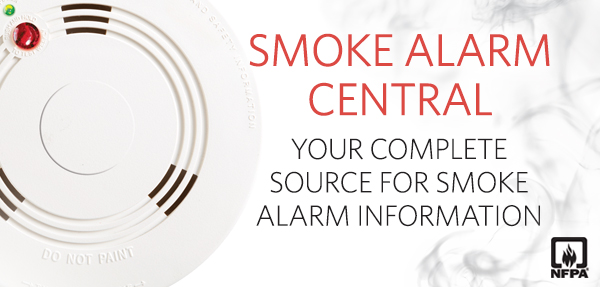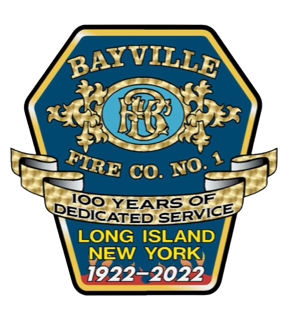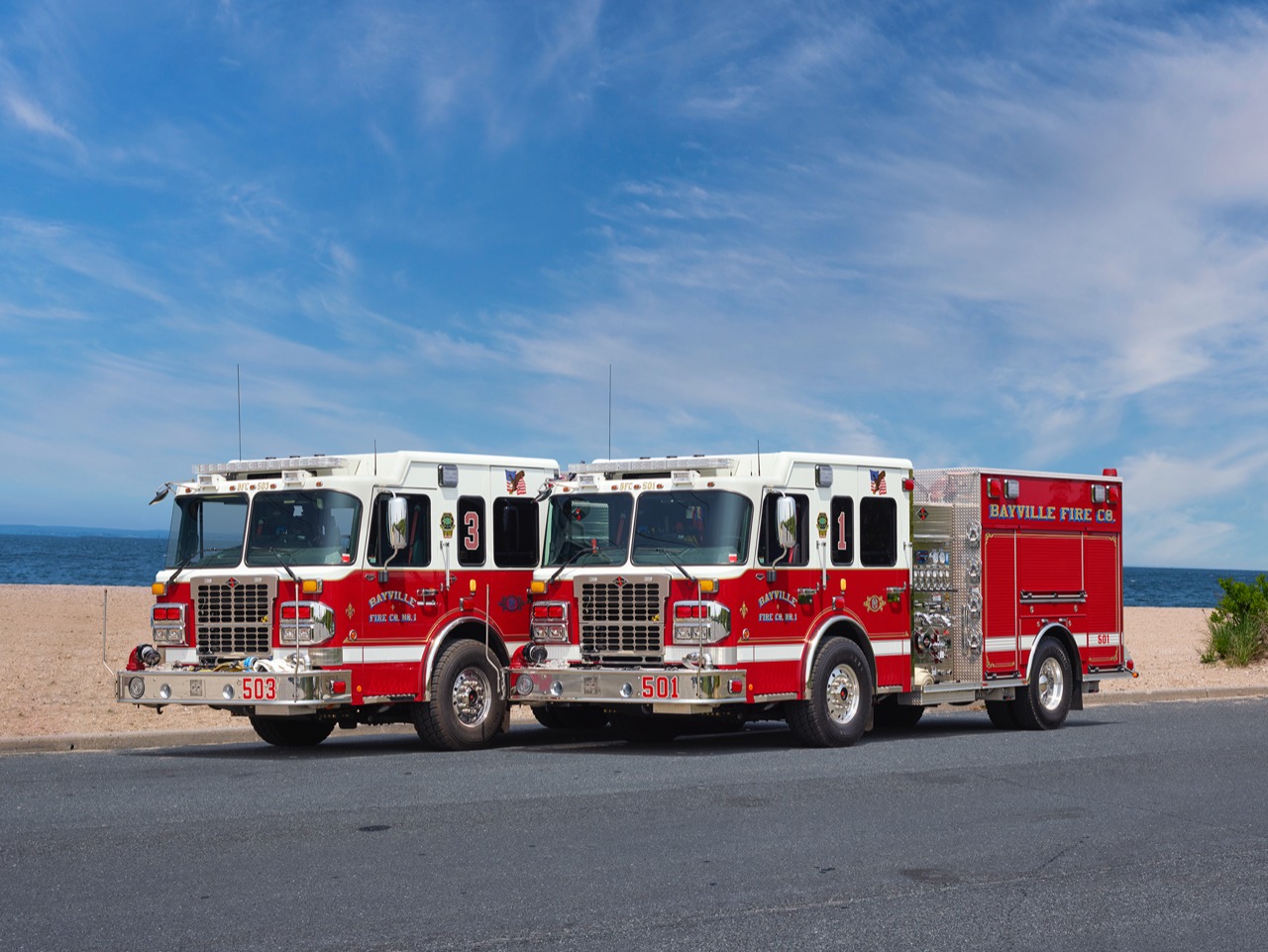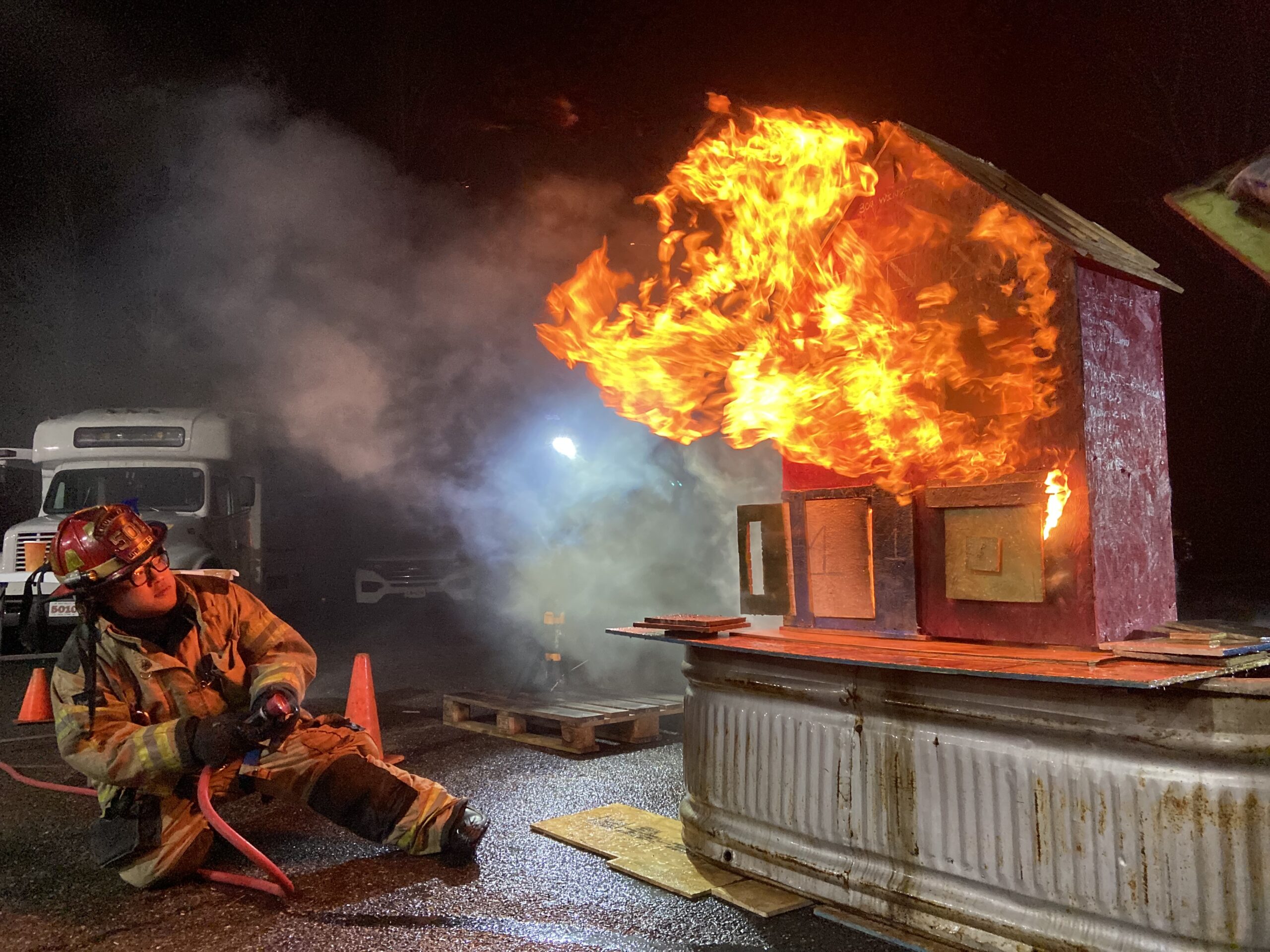
Smoke Detectors:
Smoke detectors save lives and every home should have multiple smoke detectors to keep people safe.
There are many brands of smoke alarms on the market, but they fall under two basic types: ionization and photoelectric.
Ionization and photoelectric smoke alarms detect different types of fires. Since no one can predict what type of fire might start in their home, the USFA recommends that every home and place where people sleep have:- Both ionization AND photoelectric smoke alarms OR Dual sensor smoke alarms, which contain both ionization and photoelectric smoke sensors.
- Choose interconnected smoke alarms, so when one sounds, they all sound.
- There are also alarms for people with hearing loss. These alarms may have strobe lights that flash and/or vibrate to alert those who are unable to hear standard smoke alarms when they sound.
- Smoke alarms are not expensive and are worth the lives they can help save.
Alarm type and cost:
- Ionization and photoelectric: $6 and up
- Dual sensor: $24 and up
- Smoke alarms with a microprocessor (faster to alert, fewer false alarms): $30 and up
- Radiofrequency/wireless (communicate from one to the next without wires): $40 and up
Place smoke alarms inside and outside each bedroom and sleeping area. A smoke alarm should be placed on every level of the home. Place smoke alarms on the ceiling or high on the wall. Check the manufacturer's instructions for the best place for your alarm.
Check your smoke alarm every month.


